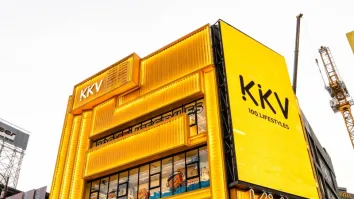
Technology adoption rising in foodservice to enhance customer experience
Still, challenges remain in maintaining personal service.
Foodservice operators are increasingly adopting technology to improve operational efficiency amidst rising profit pressures, according to GlobalData.
However, challenges persist in balancing technological advancements with the personal touch customers value.
Parthasaradhi Reddy Bokkala, lead consumer analyst at GlobalData, said that operators are using various technologies, including digital hospitality tools, to enhance the ordering experience whilst maintaining in-person service warmth.
Personalised ordering systems that recognise repeat customers are also on the rise.
Deepak Nautiyal, consumer and retail commercial director for APAC and the Middle East at GlobalData, highlighted the role of AI-driven systems in streamlining routine tasks like phone orders, allowing staff to focus on in-store customer interactions. This integration helps reduce wait times and improve overall guest satisfaction.
However, Bokkala pointed out that customer expectations have shifted. Consumers now demand quicker service, which pressures operators to prioritise speed over quality personal service.
Citing, a recent GlobalData survey, he noted that 24% of respondents find food and drink personalisation via 3D printing appealing, whilst 58% appreciate personalised recommendations based on past purchases.
Despite the advantages of technology, Bokkala warned that it can create barriers between staff and customers if not used carefully, risking the personal hospitality that customers expect.
“Operators can successfully balance the integration of technology with personal customer service by leveraging AI for efficiency, embracing digital hospitality, utilising real-time data for informed decision-making, implementing customer-centric solutions, and maintaining transparency in workforce practices,” he said.

















 Advertise
Advertise





